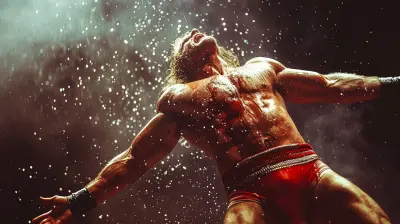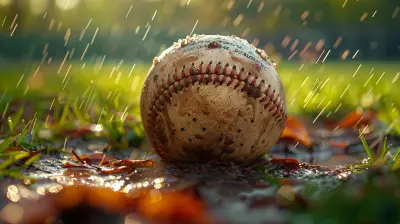The Influence of Goalkeepers: How Shot-Stopping Changed Everything
8 August 2025
When we talk about football, strikers and playmakers often steal the spotlight. Their goals, assists, and fancy footwork dominate highlight reels. But what about the last line of defense—the goalkeeper? Throughout history, goalkeepers have evolved from simple shot-stoppers to game-changers, influencing tactics, formations, and even the psychology of the sport.
In this article, we’ll dive deep into how goalkeeping has transformed over the years and why this once-overlooked position is now one of the most crucial elements in modern football. 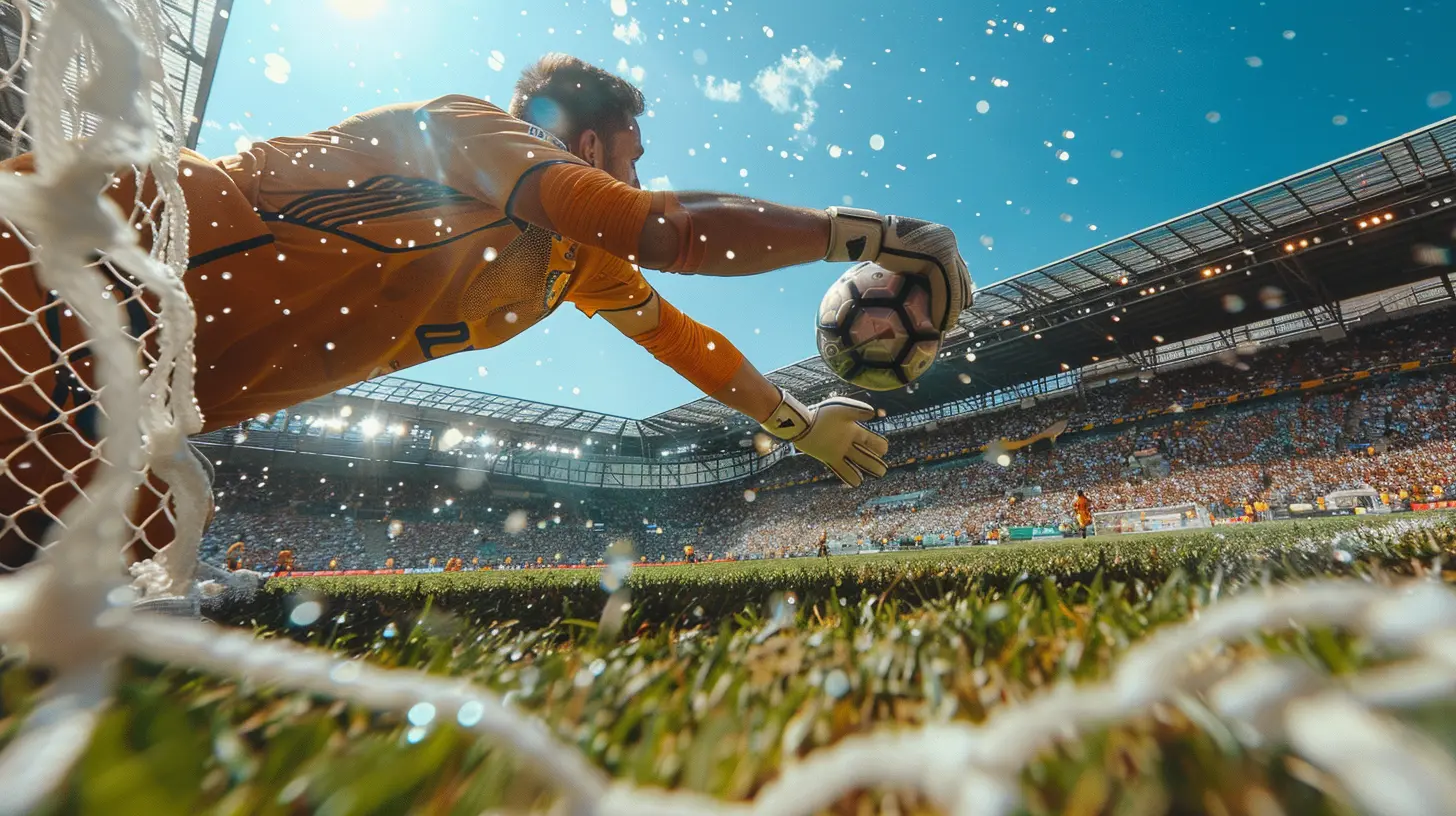
The Evolution of Goalkeeping: From Standing Still to Sweeping Up
Back in football’s early days, goalkeepers had one primary job—stop the ball. There were no flashy saves, no playing out from the back, and certainly no Manuel Neuer-style sweeper-keeping. Instead, they stood between the posts, reacting to whatever came their way.The Early Years: Just Stop the Ball
Before the 20th century, goalkeeping was almost mechanical. The rules were different—goalkeepers could handle the ball anywhere in their half until the 1912 rule change limited them to the penalty area. Their primary role? Block shots and launch the ball forward. Strategy was basic, and their contributions were often overshadowed by outfield players.The Rise of the Sweeper-Keeper
The 1950s and 60s saw a shift. Lev Yashin, the legendary Soviet goalkeeper, redefined the position. Nicknamed the "Black Spider," he wasn’t just a great shot-stopper; he commanded his area, organized his defense, and even started attacks. He proved that goalkeepers could be more than just reactive—they could be proactive.Fast forward to the 21st century, and we have goalkeepers like Manuel Neuer and Ederson revolutionizing the role. They’re not just keepers; they’re playmakers. The rise of the sweeper-keeper means goalkeepers now take risks, venture out of their box, and even contribute to build-up play. 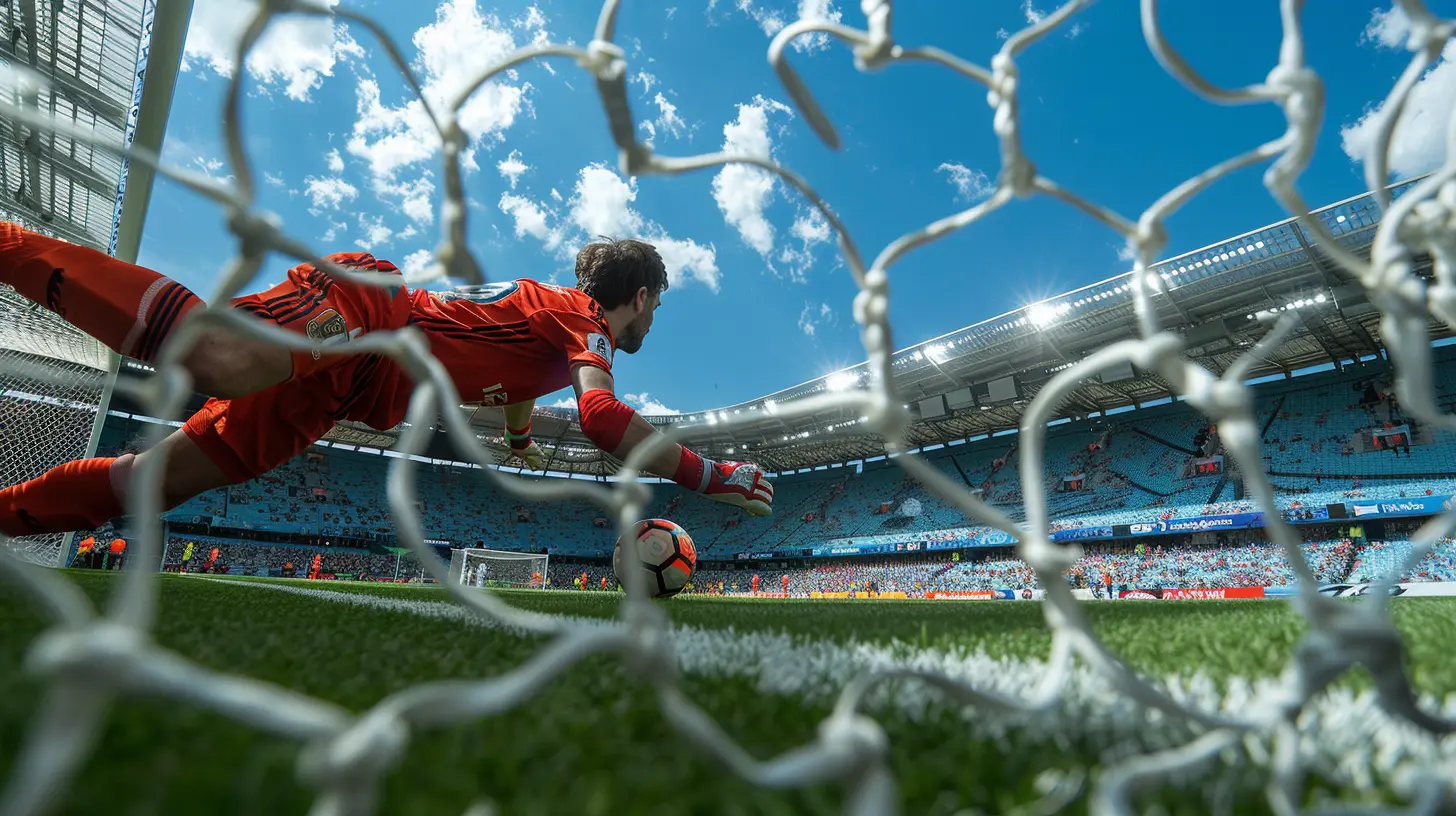
Shot-Stopping: The Art That Changed Everything
A goalkeeper’s primary responsibility will always be stopping shots, but how they do it has evolved dramatically.Reflexes and Reactions: The Split-Second Decisions
Shot-stopping isn’t just about diving in the right direction. It’s about anticipation, reflexes, and reading the game. A top-class goalkeeper doesn’t just react; they predict. They study an opponent’s body language, positioning, and striking technique.Take David De Gea, for instance. At his peak, he was a human wall, making impossible saves look routine. His reactions to close-range shots were second to none, often keeping Manchester United in games they had no business surviving.
Positioning: Being in the Right Place at the Right Time
Some goalkeepers make fewer spectacular saves simply because they position themselves so well that they don’t need them.Petr Čech, during Chelsea’s dominant era, was a master of positioning. He would subtly adjust his body shape and positioning to cover angles, making it incredibly difficult for attackers to find the net.
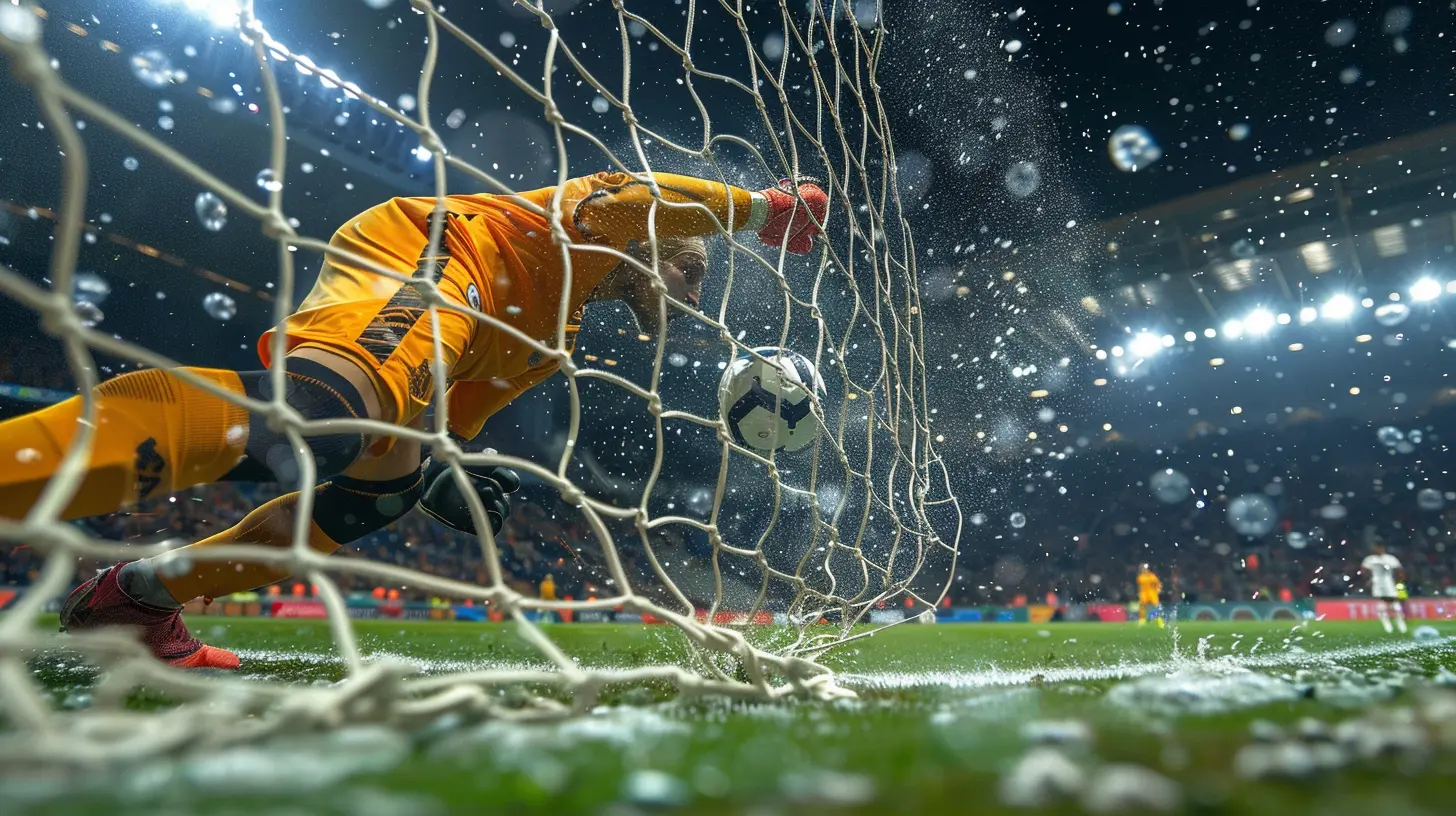
Psychological Impact: The Mind Games of Goalkeeping
Goalkeeping isn't just physical; it's mental warfare. A great goalkeeper can get inside an opponent’s head, creating doubt and hesitation.Penalty Saves: The Ultimate Psychological Battle
Think about the pressure of a penalty shootout. The entire stadium holds its breath as a goalkeeper faces an attacker from 12 yards.Some goalkeepers thrive in these moments. Tim Krul’s infamous penalty heroics for the Netherlands in the 2014 World Cup are legendary. He came on as a substitute in the dying moments of extra time and saved two penalties, proving that confidence and strategy can be as important as reflexes.
Commanding the Defense: The Voice at the Back
A silent goalkeeper is a useless one. The best keepers are vocal, constantly directing their defenders, calling out threats, and organizing set-piece defenses.Look at Iker Casillas or Gianluigi Buffon—both weren’t just great shot-stoppers; they were leaders. Their presence alone was enough to inspire confidence in their teams.
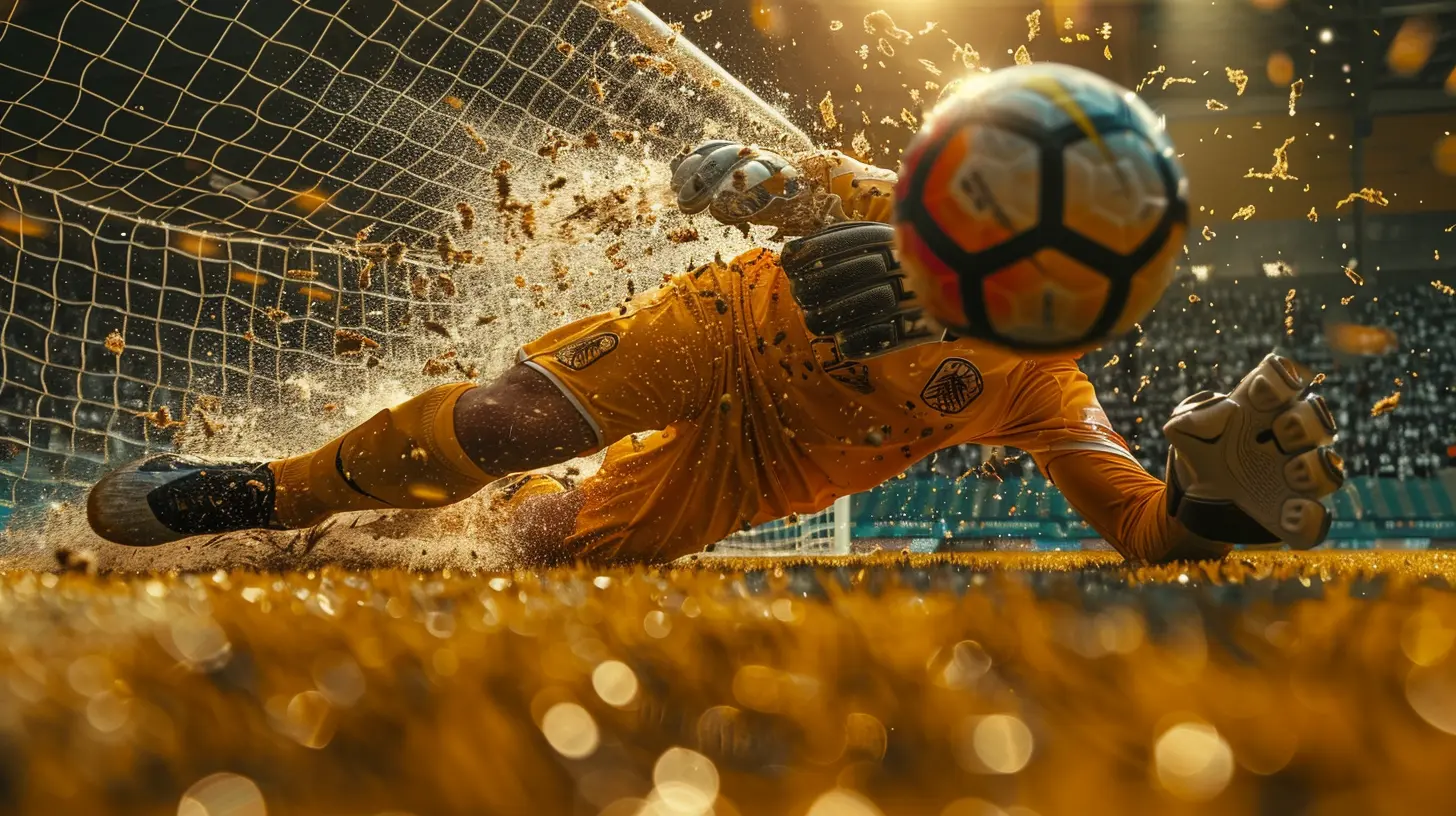
The Tactical Influence: How Goalkeepers Shape the Game
Modern football has completely changed the role of goalkeepers, particularly in how teams build from the back.Playing Out from the Back: A New Era of Possession Football
Gone are the days of booting the ball upfield and hoping for the best. Now, modern keepers are expected to be good with their feet, acting as the first playmaker in a team’s buildup.Ederson at Manchester City is a prime example. His passing range is better than some midfielders, allowing Pep Guardiola’s side to maintain possession and control games right from the back.
Tactical Flexibility: The 11th Outfield Player
With keepers more involved in possession, teams are adjusting their formations to take advantage. Some managers even push their goalkeepers high up the pitch to compress space and force turnovers.Marc-André ter Stegen at Barcelona is a great example. His ability to step out of his box and play as an auxiliary defender gives his team greater tactical flexibility.
The Future of Goalkeeping: What's Next?
Football is constantly evolving, and goalkeeping is no exception. So, where do we go from here?AI and Data-Driven Training
With the rise of data analytics, goalkeepers are training smarter. Advanced analytics measure everything—from reaction times to positioning errors—allowing keepers to refine their technique with pinpoint accuracy.Increased Offensive Contribution?
Some managers are already experimenting with goalkeepers playing even further up the field. Could we one day see a goalkeeper regularly scoring goals from open play? It seems outlandish, but in football, you never say never.Final Thoughts: More Than Just Shot-Stoppers
For too long, goalkeepers were seen as an afterthought in football. But as the game has evolved, so too has the role of the number one. They are no longer just shot-stoppers; they are playmakers, leaders, and sometimes even match-winners.The modern goalkeeper doesn’t just stand there waiting for action—they create it. And as football continues to change, one thing is certain: goalkeepers will be at the heart of every tactical revolution.
all images in this post were generated using AI tools
Category:
Post Match AnalysisAuthor:

Frankie Bailey
Discussion
rate this article
1 comments
Capri Blair
Kudos to the keepers! Their incredible shot-stopping skills not only save goals but also inspire teams to aim higher. Here’s to the unsung heroes of the pitch! 🥅⚽️
September 2, 2025 at 4:05 AM

Frankie Bailey
Thank you! Goalkeepers truly are the backbone of any team, and their impact extends far beyond the goal line. Cheers to their crucial role! 🥅⚽️
